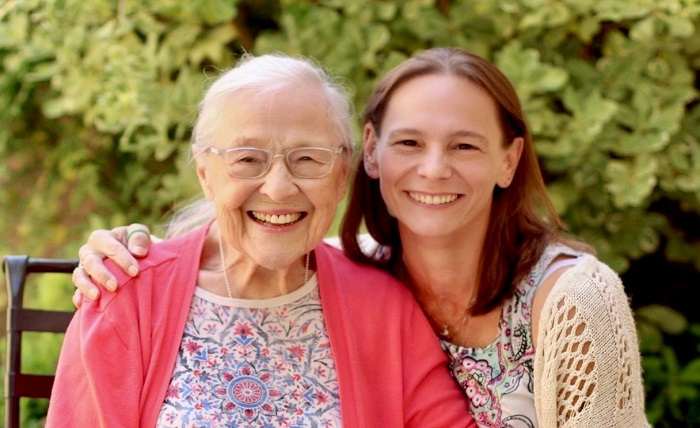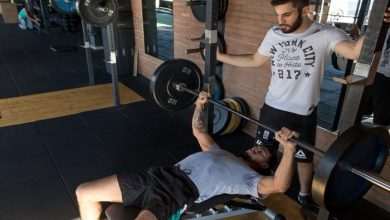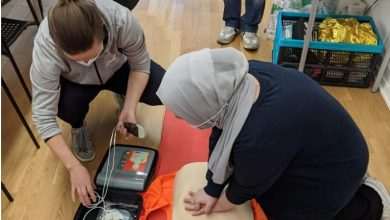
Let’s face it—getting motivated to exercise isn’t just a young person’s struggle. For many older adults, especially if routines have changed, health isn’t what it used to be, or maybe they’re adjusting to a new living situation, activity can fall by the wayside. But moving, even just a little, makes a huge difference in energy, mood, and health as the years roll by. If you want to help your elderly loved one get up and about (without sounding like the world’s most persistent nag), you’re not alone.
Make It About Fun First (Not a Chore)
The toughest part? Exercise often gets lumped in as a “should do.” But as with everything else, fun is the real motivator. Instead of pitching it like a gym class or a checklist, slip activity into things they already love. If your loved one enjoys gardening, get out there and plant a few flowers or tomatoes together—gentle digging, easy stretches, and you’ll both get a little Vitamin D. If music is their thing, try a living room dance party. Even a slow shuffle in the kitchen counts! Board games that involve movement (think Wii bowling or bean bag toss) can sneak in activity without anyone calling it “exercise.”
Lean in to Social Moments
For folks in an assisted living community, activity schedules can be gold. Walking clubs, stretching classes, and even tai chi or chair yoga sessions are designed for all different fitness levels. Sometimes the draw is just that there will be friends there and maybe a few laughs. Encourage your loved one to try a group class—even if they grumble at first, making friends or sharing stories is often what keeps people coming back.
Start Small and Celebrate Every Step
Baby steps, honestly. Instead of telling Grandpa to walk a mile, suggest a trip down the hall or a stroll to check the mailbox. Park a little further from the store when you go out together. The more achievable and bite-sized the goal, the more likely they’ll actually want to try. And don’t shrug off tiny wins. Cheer when they go out for a five-minute walk or try a new class—big changes always start small.
Work With What’s Comfortable
Let’s be real—some days are tougher than others. Arthritis flares up, the weather turns nasty, or energy just isn’t there. On those days, armchair exercises, stretching while watching TV, or simple balance moves (like standing on one foot while brushing teeth) can still add up. Talk with your loved one’s doctor or the staff at their assisted living community for input on what’s safe and doable if you’re unsure. Safety comes first.
Mix It Up
Repetition gets boring quickly. Try different activities—maybe it’s swimming on Tuesdays, gardening on Fridays, and a gentle walk on Sundays. Even tasks like folding laundry or putting away groceries keep the body moving. Changing it up helps prevent boredom and keeps the body challenged.
Give Them Some Control
No one likes to feel bossed around, especially about their own body. Offer options. “Would you rather walk after breakfast or after dinner?” Having a say can boost motivation and keeps activity from feeling like homework.
Check In and Adjust
Stay flexible. Needs and preferences shift over time, and what works this month might not feel right in six months. Keep the conversation going and stay positive—be open to dropping what’s not clicking and trying something new.
At the end of the day, little changes add up. More laughter, more movement, and a bigger sense of possibility—those are wins at any age.



